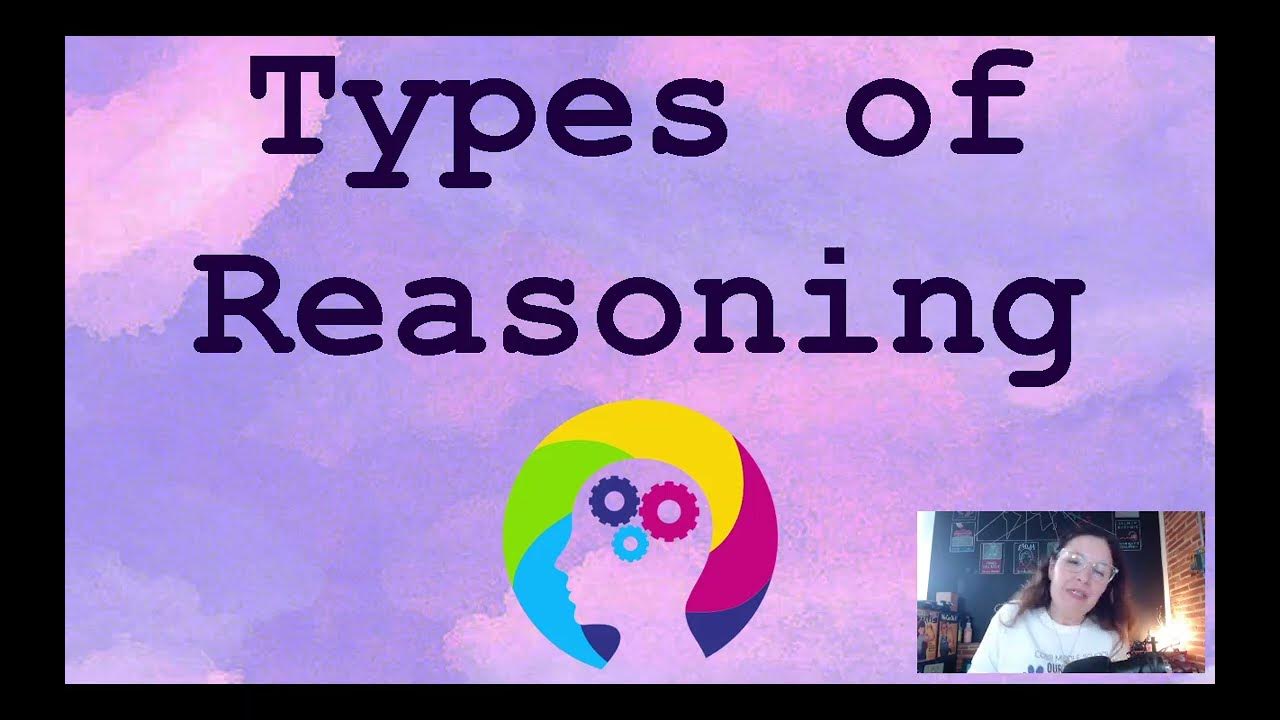Deductive reasoning - Intro to Psychology
Summary
TLDRThe video explores deductive reasoning through examples. The first example demonstrates valid deductive logic, concluding that all objects create gravity based on true premises. It highlights that correct conclusions follow when the premises are true. However, a second example about math shows how false premises can lead to incorrect conclusions, even with a logical structure. This showcases how deductive reasoning can only lead to accurate results when the premises are valid. The video then transitions to Susan for a discussion on inductive reasoning.
Takeaways
- 🔍 Deductive reasoning starts with general premises and moves to a specific conclusion.
- 🌀 Premise A: All mass creates gravity.
- 🔗 Premise B: All objects have mass, leading to the conclusion that all objects create gravity.
- ✔️ Deductive reasoning leads to a true conclusion if both premises are true.
- ⚠️ However, deductive reasoning can only lead to accurate conclusions if the premises themselves are true.
- 📉 Example: Premise A (I don't know math) and Premise B (I can't learn math) lead to a false conclusion (I shouldn't try to learn math) because both premises are false.
- ⚖️ Even though both arguments follow a similar structure, one leads to a true conclusion, while the other does not.
- 🧪 Scientists often use deductive reasoning to make predictions based on general goals.
- 🧐 Deductive reasoning is effective for structuring logical arguments when the premises are correct.
- ➡️ The next discussion transitions to Susan, who will explain inductive reasoning.
Q & A
What is an example of deductive reasoning mentioned in the script?
-The example given is: Premise A: All mass creates gravity, and Premise B: All objects have mass. Therefore, the conclusion is that all objects create gravity.
Why does the logical conclusion in deductive reasoning have to be true?
-The logical conclusion has to be true if the two premises are true because deductive reasoning ensures that the conclusion follows logically from the premises.
What is the flaw in the second example of deductive reasoning?
-In the second example, Premise A (I don’t know math) and Premise B (I can’t learn math) are both false, which leads to a false conclusion (I shouldn’t try to learn math).
Why is the conclusion in the second example of deductive reasoning false?
-The conclusion is false because both premises are false, showing that the reasoning is flawed even though the structure is deductively valid.
What distinguishes accurate conclusions from inaccurate ones in deductive reasoning?
-Accurate conclusions come from true premises, while inaccurate conclusions arise when the premises are false, even if the reasoning structure is valid.
What type of reasoning do scientists use when making predictions for general goals?
-Scientists use deductive reasoning when making predictions for general goals.
Can deductive reasoning always lead to correct conclusions?
-Deductive reasoning can only lead to correct conclusions if the premises it is based on are true.
What role do the premises play in deductive reasoning?
-The premises provide the foundational statements from which the conclusion is drawn. If the premises are true, the conclusion must also be true.
How does the structure of deductive reasoning remain the same in both examples?
-Both examples use the same logical structure of premises leading to a conclusion, but the truthfulness of the premises determines the accuracy of the conclusion.
What is the transition made at the end of the script?
-The transition is from discussing deductive reasoning to introducing inductive reasoning, with Susan being mentioned to explain inductive reasoning.
Outlines

This section is available to paid users only. Please upgrade to access this part.
Upgrade NowMindmap

This section is available to paid users only. Please upgrade to access this part.
Upgrade NowKeywords

This section is available to paid users only. Please upgrade to access this part.
Upgrade NowHighlights

This section is available to paid users only. Please upgrade to access this part.
Upgrade NowTranscripts

This section is available to paid users only. Please upgrade to access this part.
Upgrade NowBrowse More Related Video

Inductive and Deductive Reasoning (Tagalog)

PROBLEM SOLVING: INDUCTIVE AND DEDUCTIVE REASONING || MATHEMATICS IN THE MODERN WORLD

Types of Reasoning - Deductive, Inductive, and Abductive

Inductive and Deductive Reasoning || Mathematics in the Modern World

3.3 | INDUCTIVE VS DEDUCTIVE REASONING | MATHEMATICS IN THE MODERN WORLD | ALOPOGS

Chapter 1.1: Introduction to logic
5.0 / 5 (0 votes)